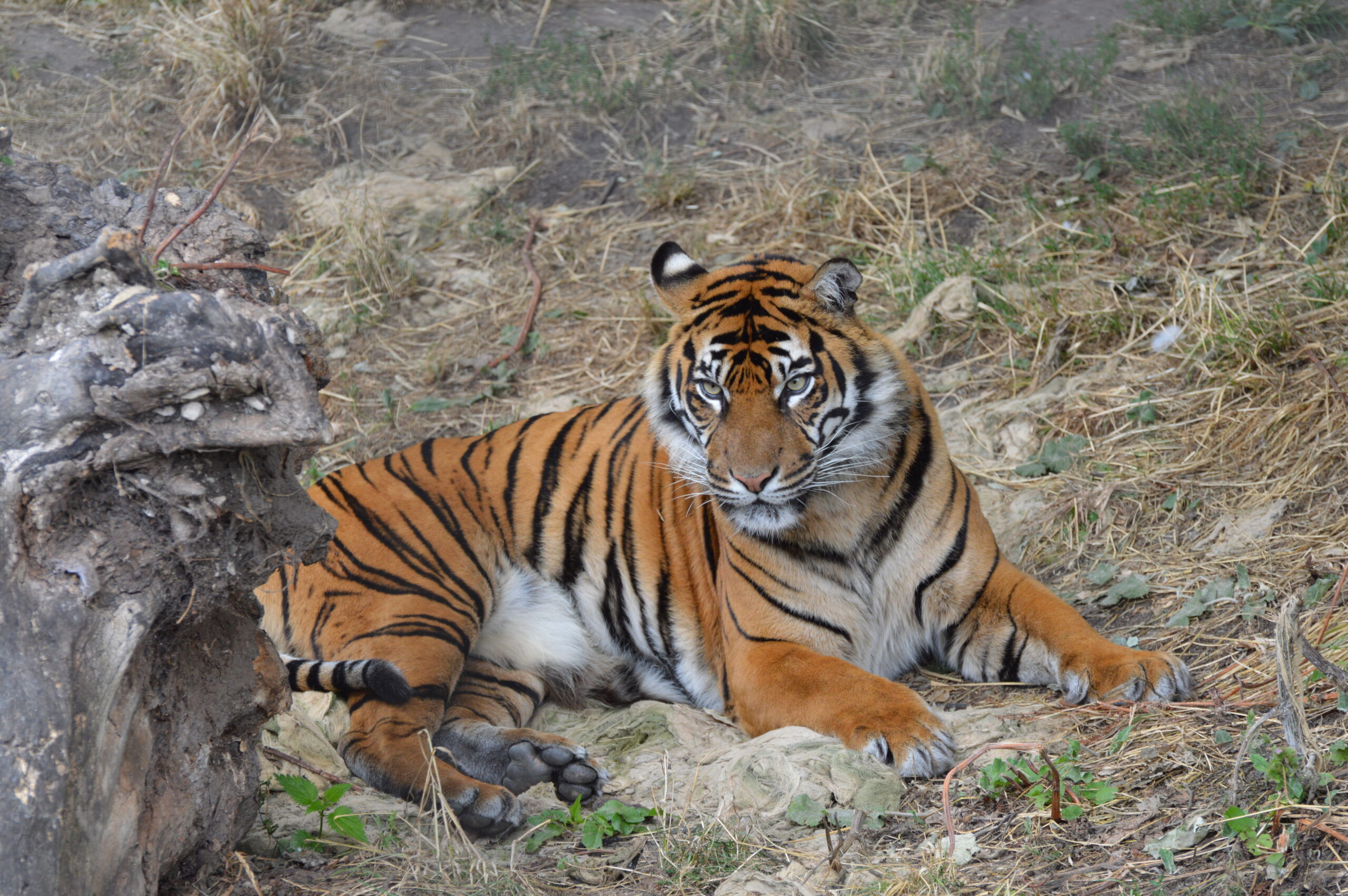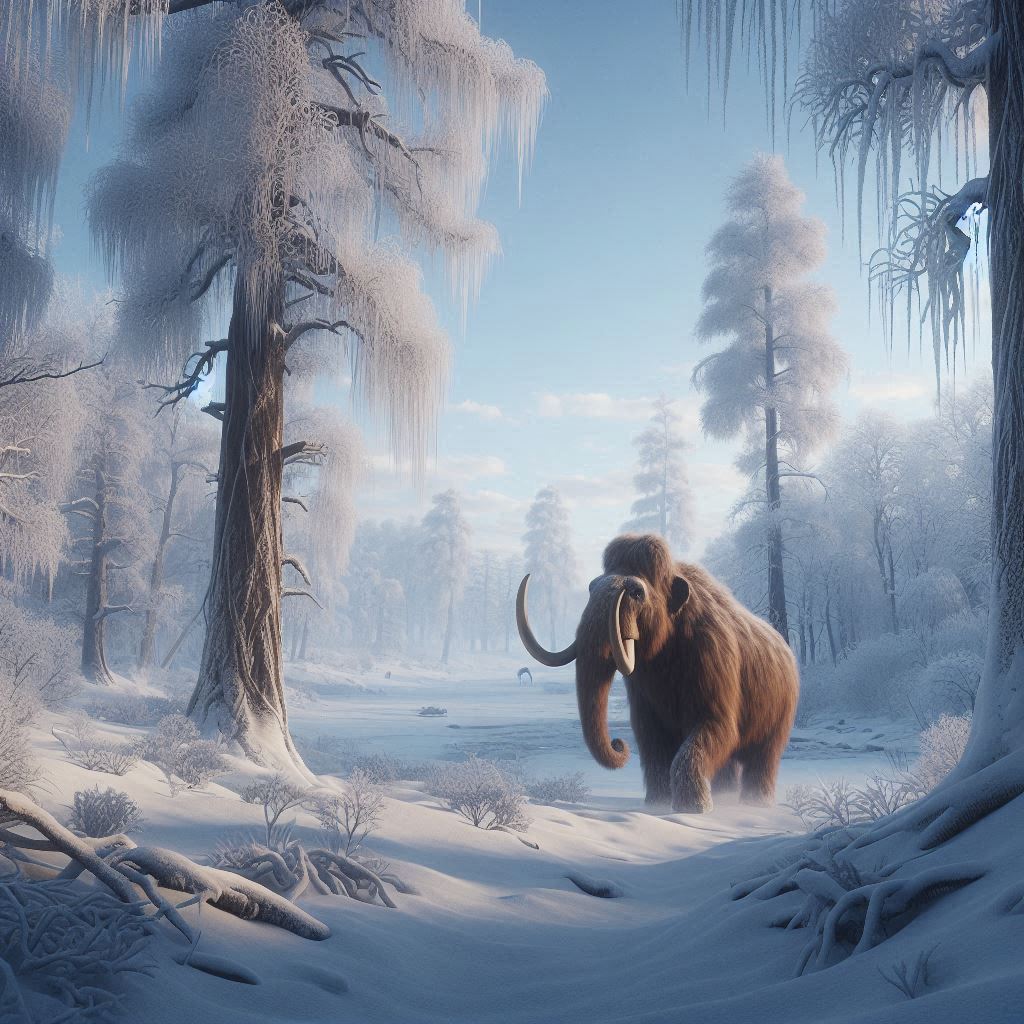Earth after the Dinosaurs
65 - 0 Million Years Ago
After the devastating K-T Extinction Event, life would once again have to rebuild in a violent new world.
The age of dinosaurs came to a cataclysmic end 66 million years ago. An asteroid slammed into the Earth, unleashing forces of destruction on a scale never seen before.
Tsunamis thousands of feet high. Shock waves racing across continents. Dust and soot blotting out the sun, plunging the world into a years-long winter.
This event, known as the K-T extinction or Cretaceous-Paleogene mass extinction, wiped out 75% of all species on the planet – including the dinosaurs that had ruled for over 150 million years.

The Pangea Supercontinent would eventually be fully separated into the formation it is in today.

After the mass extinction of most dinosaurs, land supremacy would eventually be claimed by the Mammal, leading to the many species seen today.
The meteor that fell from the sky 66 million years ago didn’t just end the reign of the dinosaurs – it set the stage for the rise of us. Through chance and circumstance, we find ourselves here, inheritors of an incredible evolutionary timeline.

